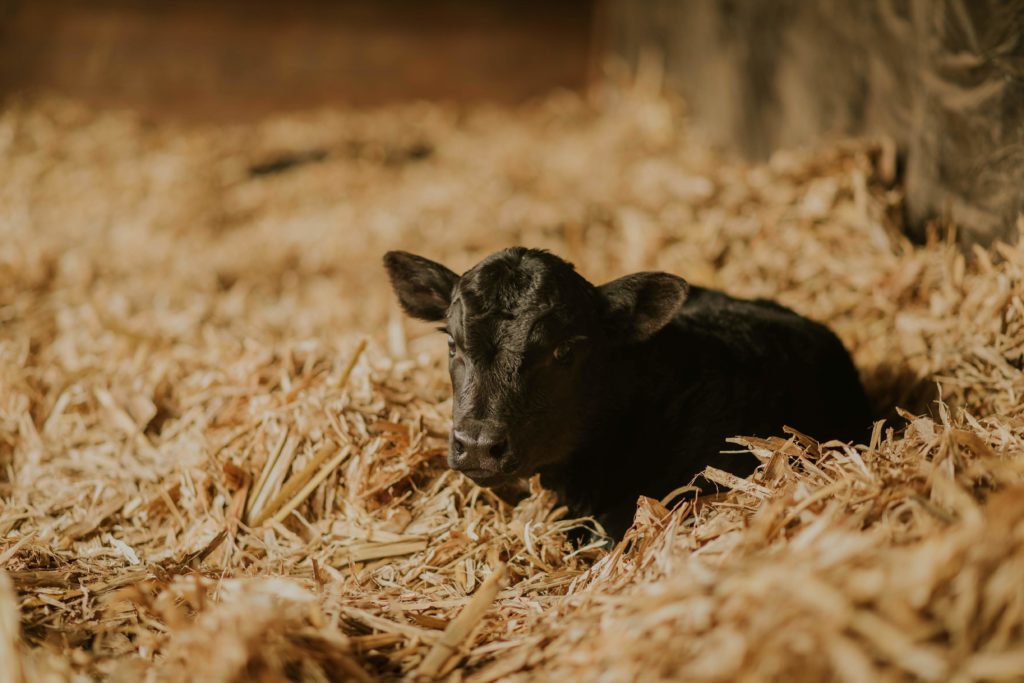As Director of Veterinary Technical Services for Saskatoon Colostrum Company, I often get asked my opinion on the various tubes of paste that are on the market and how they compare to colostrum replacement and supplementation. To have this conversation, it is important to understand what the producer’s goals are and how they are looking to apply a paste on their operation. Are they seeking a paste that provides an energy source or maybe one that contains a direct fed microbial? Or are they wanting a colostrum (immunoglobulin) supplement? When we look at these goals individually, we can usually see these tubes fall short of delivering the desired results.
Energy
Most of the tubes on the market provide a negligible amount of protein (0-3.5g CP) and fat (0-4g CF). Oftentimes, the fat found in these tubes are alternative fats like corn oil, tallow, or others which is a less bioavailable fat than colostral fat. Even those that contain colostral fat, contain such a low inclusion that it provides very little benefit. To contrast, if we look at whole colostrum, it will contain 168-672g of crude protein and 70-280g of crude fat in the form of colostral fat depending on the dose delivered to the calf.
Direct-Fed Microbial
The commensal gut flora population in a calf’s gastrointestinal tract is typically in the thousands in different species. Most direct-fed microbial (DFM) pastes deliver 1-3 species of key gut bacteria. Colostrum contains over 40 natural prebiotics that support all the strains of bacteria.
Colostrum Supplement + Immunity
Calves need to receive 300g of IgG in the first few hours of life to thrive. When it comes to immunoglobulin concentration in these tube products, they fall short of delivering any impactful amount of IgG. Most “Colostrum Supplement” tubes deliver in 3.5-13g of IgG. Again, when we look at colostrum in comparison it will provide much more IgG antibody in the range of 50-200g depending on the dose delivered. In conclusion, whole bovine colostrum is the best source of immunoglobulins and nutrients that can be delivered to a calf. As producers look at their options for improving calf health, colostrum management should be at the forefront.
Dr. Travis White, DVM
SCCL Director of Technical Veterinary Services
